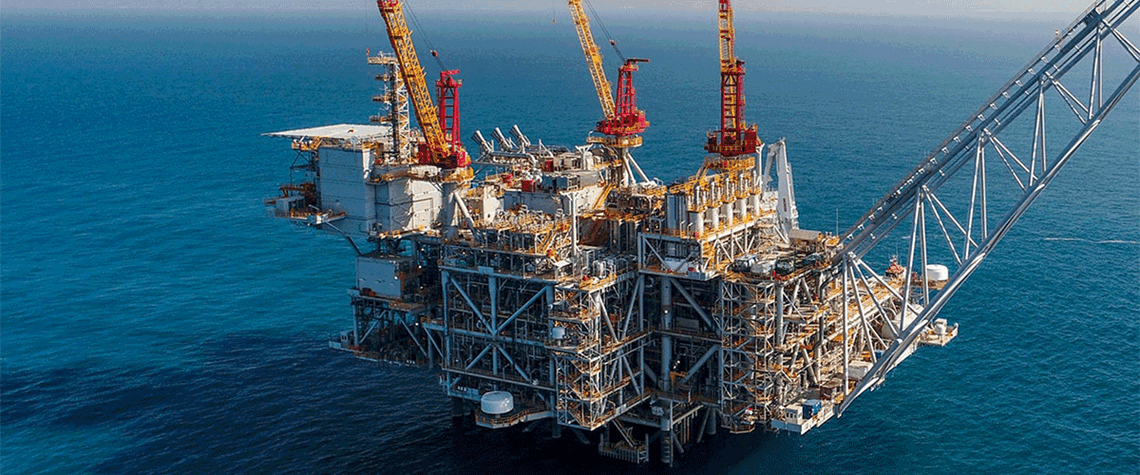The Levant Basin in the eastern Mediterranean Sea has emerged as one of the world’s top natural gas resources, with 85tn ft³ discovered over the past two decades by countries in the region, including Israel. Having developed a taste for exploration success, Israel is hungry to see more hydrocarbons development.
In December, the Ministry of Energy launched its fourth offshore exploration bidding round, with 20 blocks on offer in four zones. The ministry claims “these zones include attractive drilling targets in the proximity of major gas discoveries”. Bids must be submitted by 29 June, and licences will be awarded to successful bidders before the end of this year.
In February, government and regulatory officials outlined their rationale and strategy for the bid round at a webinar organised by Petroleum Economist titled East Med Rising: Israel’s Offshore Bid Round and European Energy Security. There was a strong emphasis on attracting new players to ensure “healthy competition”.
The discovery and development of major gas fields such as Tamar (11tn ft³) and Leviathan (18tn ft³) has transformed Israel’s energy mix, and demand for gas is forecast to double over the coming two decades.
Hello gas, goodbye coal
Sagi Ganot, head of regulation & trade at the energy ministry’s Petroleum Unit, told webinar delegates: “Within a few years, we are looking at the phasing out of coal-fired power. Switching to natural gas combined with renewables is going to save both money and millions of tonnes of greenhouse gas emissions.”
But meeting the energy needs of Israelis aspiring to a higher standard of living is just the start. Chen Bar-Yoseph, petroleum commissioner and director of the Natural Resources Administration, said Israel’s gas discoveries “were a great blessing to the entire region and even to Europe… with export potential both towards Egypt and through Egypt to Europe”.
In 2022, Israel produced 22bn m³ of gas from Tamar, Leviathan and the newly connected Karish, of which 12.7bn m³ was consumed at home and 9.3bn m³ exported to Egypt and Jordan, with some of that going further afield in the form of LNG from the Idku and Damietta liquefaction plants in Egypt’s Nile Delta.
New export routes
But sending gas to Europe via Egypt’s LNG plants is a solution for the short to medium term. Longer term, as its gas production ramps up, Israel has plans to export gas to Europe via pipeline and/or by building floating LNG (FLNG) liquefaction plants.
“Plans for expansion of Tamar and Leviathan are ongoing,” said Dr Michael Gardosh, chief geologist at the Petroleum Unit. “The plan for the new East Med pipeline is ongoing. So new extra routes are being developed, hopefully to be used when new discoveries will come online.”
Dr Nick Stronach, senior geoscientist with GaffneyCline, one of the consultants working on the bid round, was optimistic that the blocks being offered in the bid round would yield results:
“There is a conspicuous lack of drilling in the southern parts of the area and in the areas to the north of the fields,” he said. “That is the focus of what we hope is success in the future of the new exploration offering.”
Stronach said there was better understanding of reservoirs thanks to seismic data and “careful re-analysis of well data undertaken by ministry geologists”.
Work done by the ministry had identified a slate of leads for drilling in zones E, G and H, said Stronach. Zone I is not covered by the same degree of data coverage, but Stronach insisted “there’s nevertheless great potential”.
“We want to look at the East Med as more than just an exploration hotspot,” said Ganot. “We are talking about connectivity. We want to see a healthy and interconnected natural gas province—next door to one of the largest gas markets on the planet.”
To watch the webinar on demand, please click here.








Comments